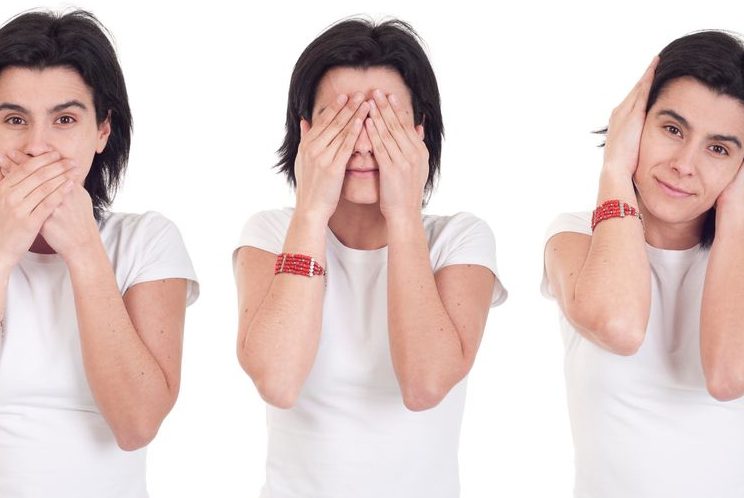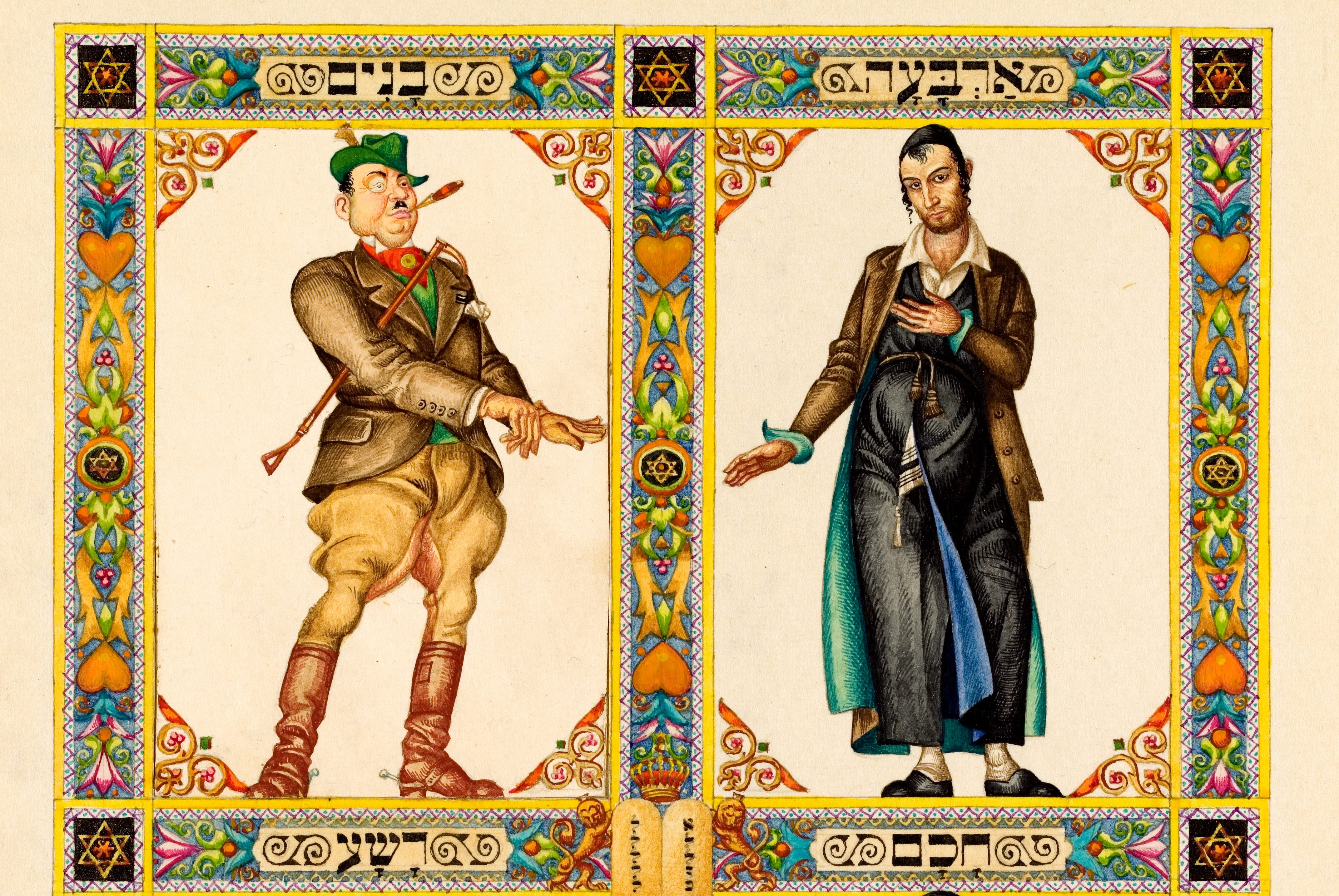Esther Wein 36 articles
Esther Wein has been teaching Jewish women for close to 30 years. She is known for teaching subjects such as Parsha, Tefillah, Navi, History on an intellectually advanced level, but gearing her shiurim towards students with all levels of education.
With a strong text based and philosophical emphasis, she strives to expose students to fundamental Jewish ideas and their eternal truths. Drawing on great masters spanning from the Midrash, Rambam, and Ramban to more modern thinkers such as the Maharal, Ramchal, Rav Hirsh, her grandfather Rav Shimon Schwab and Rav Moshe Shapiro, she excites and inspires her audience with the ingenuity and profundity that is hiding just beneath the surface of the text.








